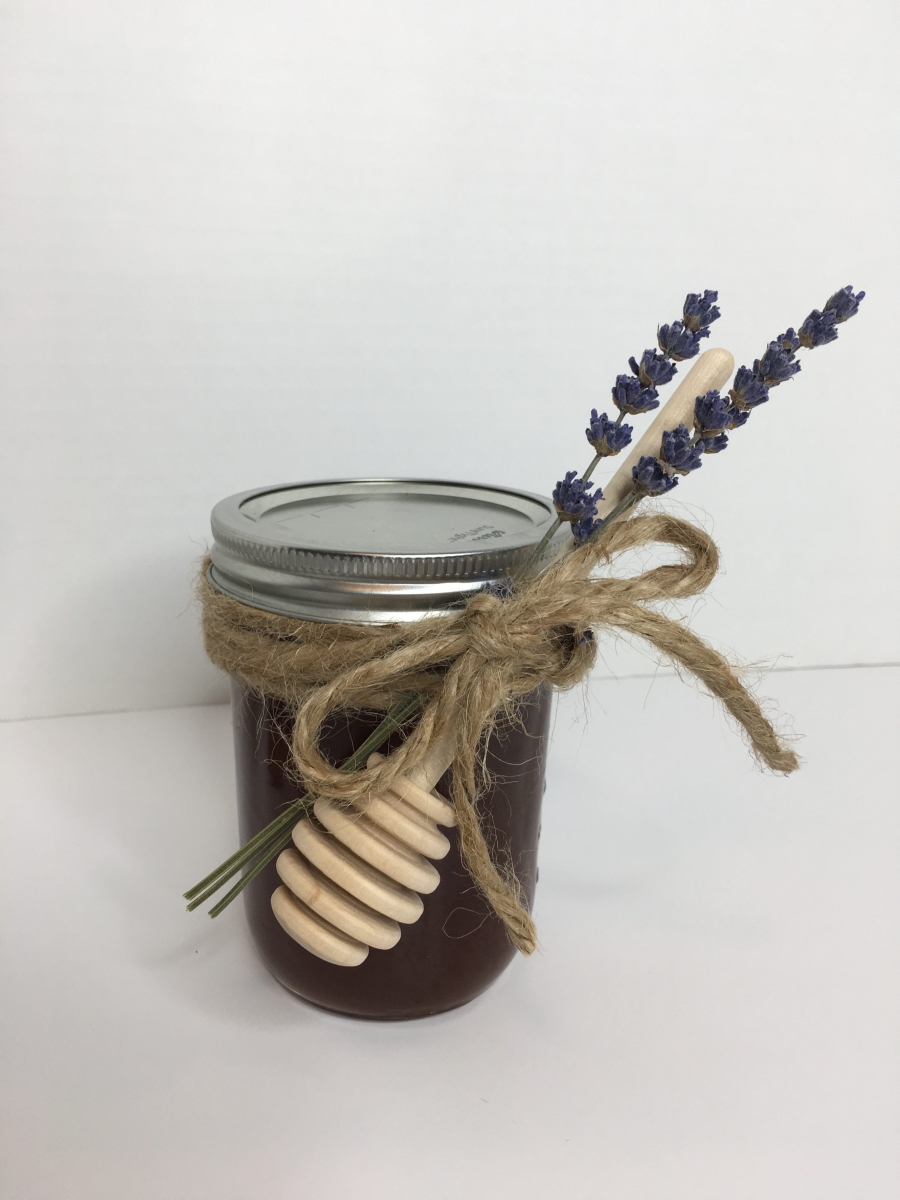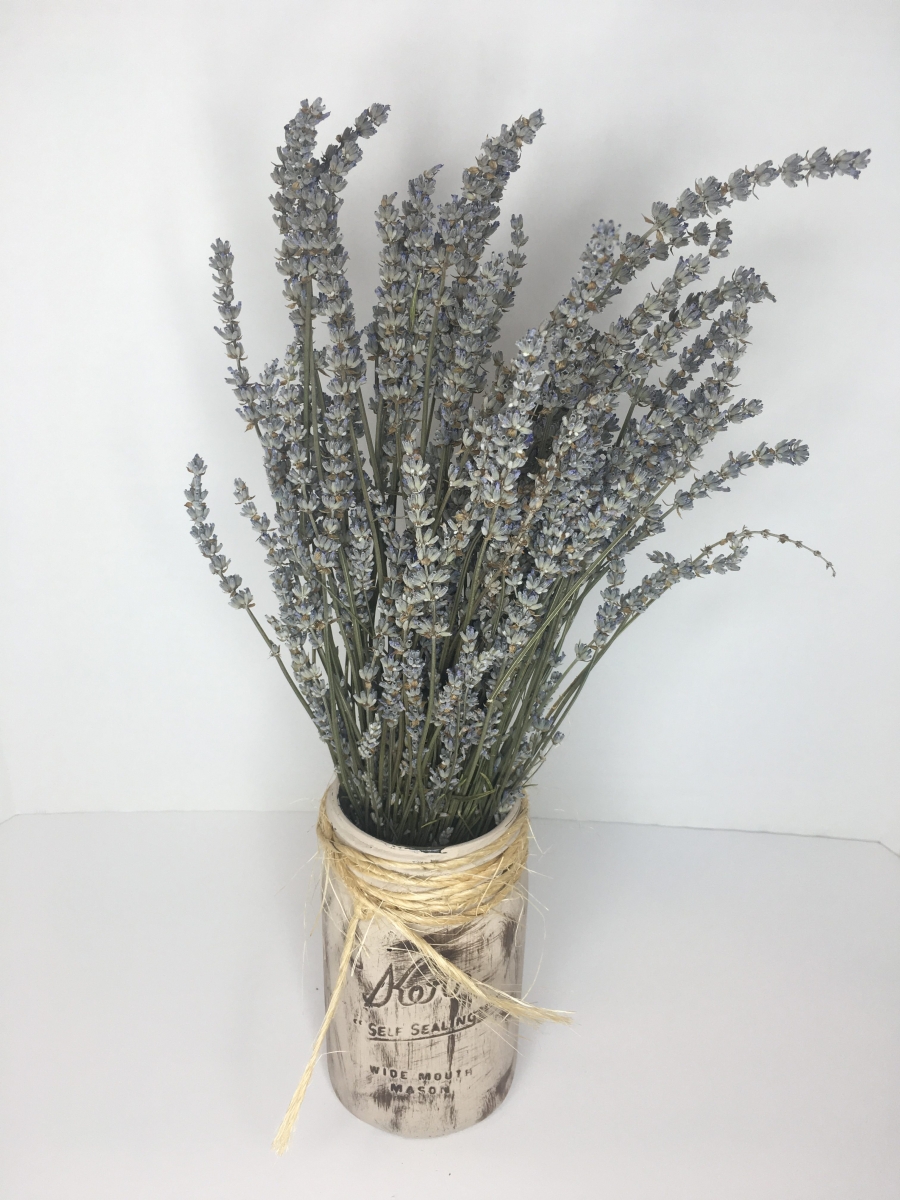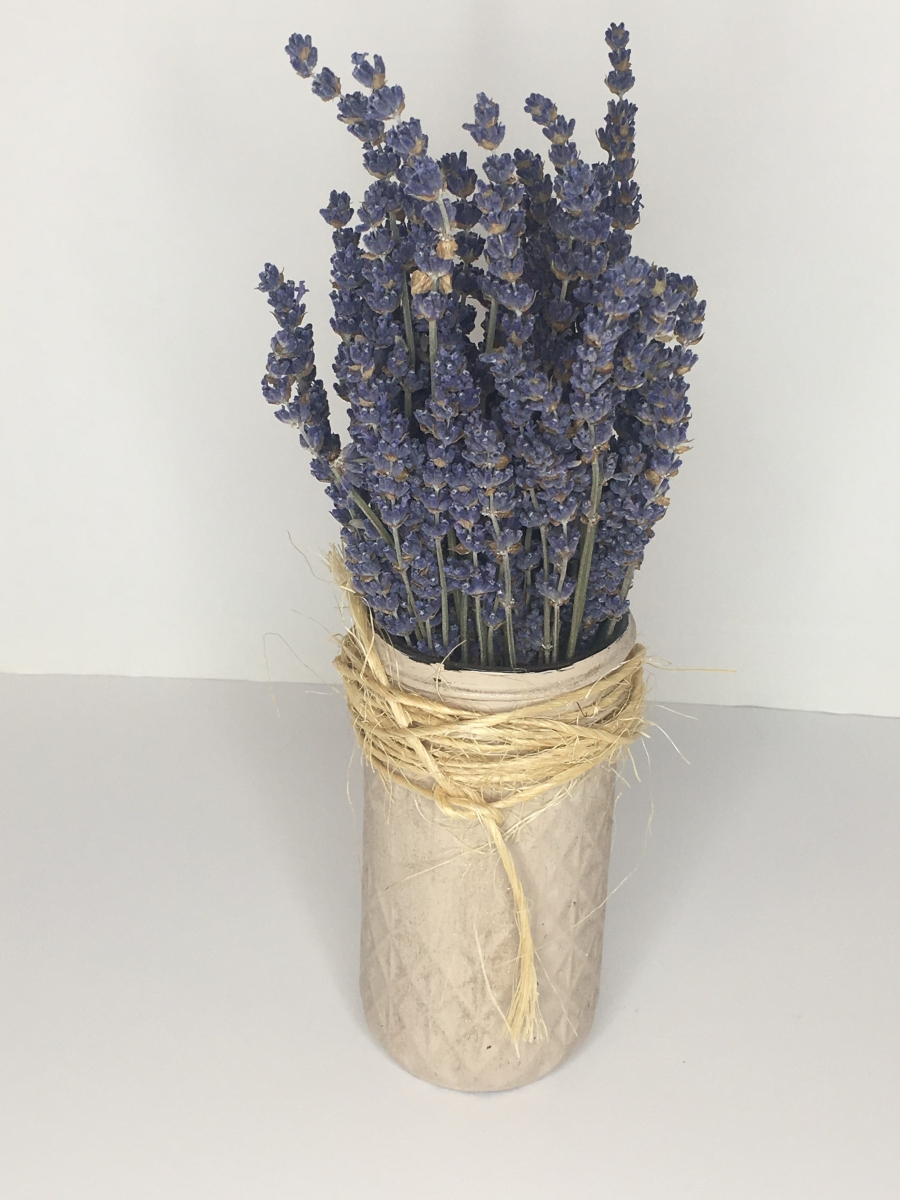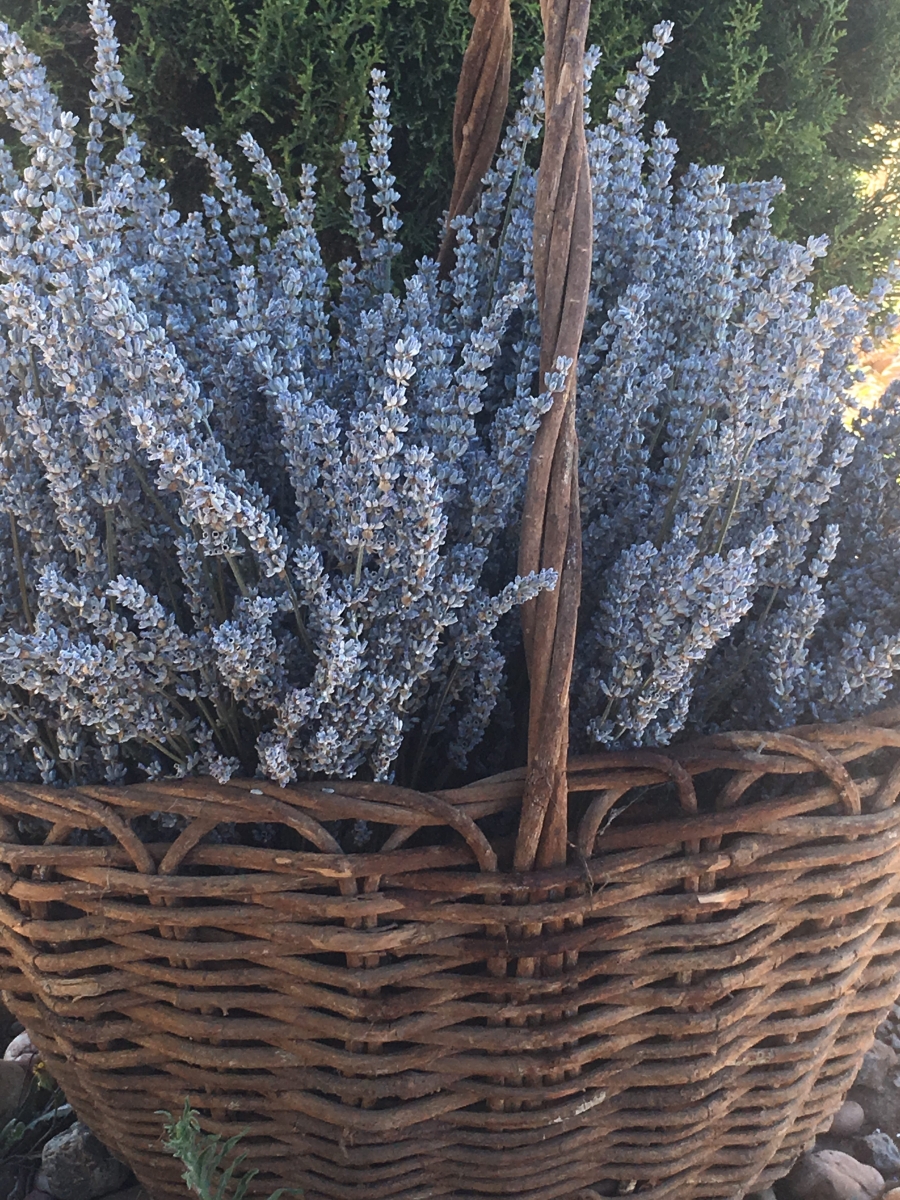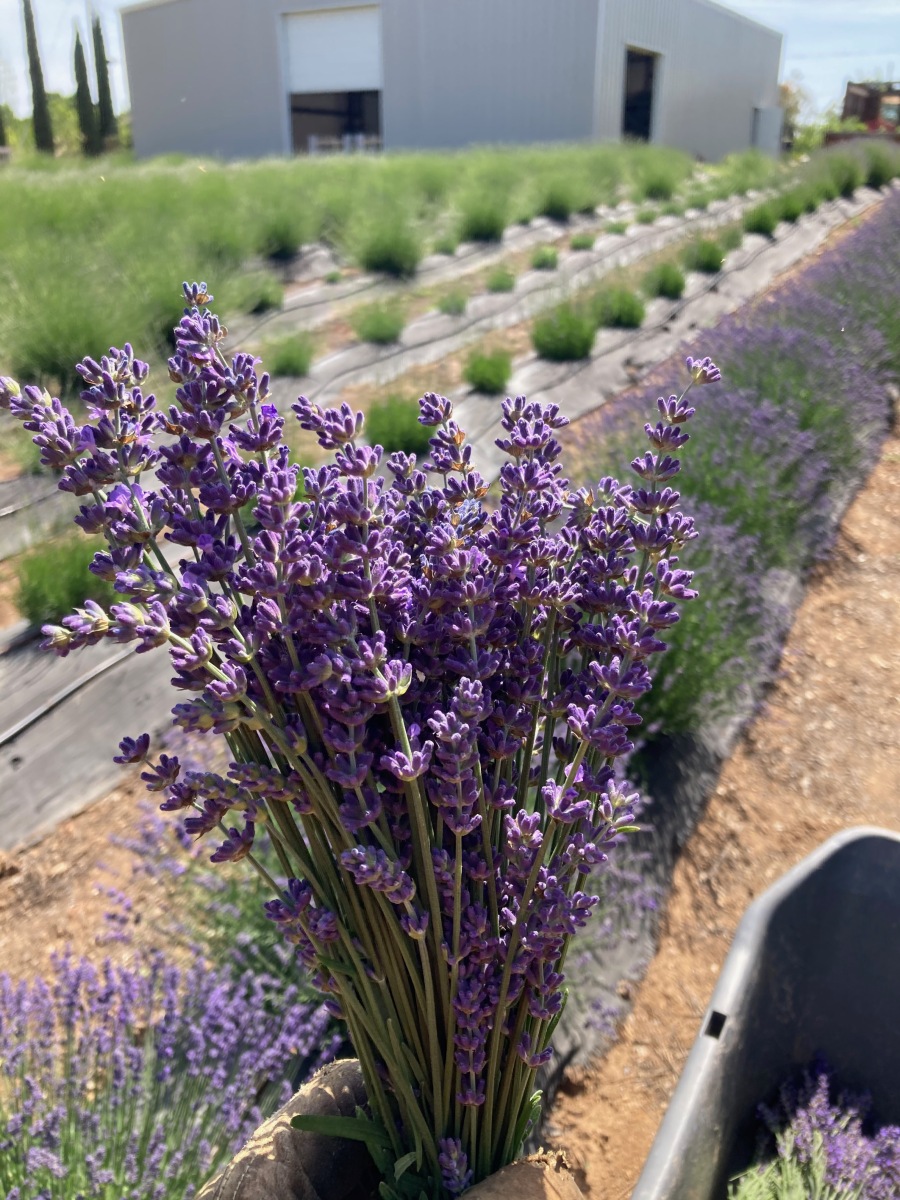Wilton Family Lavender Farm varieties of lavender plants were chosen because they are acclimated to grow successfully in zone 5 – 9. Lavender propagation on our farm takes place in the spring and fall. Plant varieties primarily bloom late spring until mid summer. Some varieties can have a second bloom later in summer. Our lavender field typically begins to bloom in May.
Our primary field planted in 2020 consisted of 800 plants, and currently has over 1,000 plants. The second field will be 1200 plants and will be coming soon!
There are 5 primary types of lavender. English Lavender (Lavandula angustifolia), French/Spanish Lavender (Lavandula stoechas), French/Fringed Lavender (Lavandula dentata), Portuguese Lavender (Lavendula latifolia), and Egyptian Lavender (Lavandula multifida)
We grow and are currently experimenting with these varieties:
-LAVENDULA ANGUSTIFOLIAS-
- ROYAL VELVET – Great for dried floral crafting. Small to medium plant with deep purple flowers and foliage. Royal Velvet was first introduced in Newburg, Oregon.
- MISS KATHERINE – An exquisite pink lavender. Semi tall plant with gray-green foliage. Erect domes of spreading foliage and masses of lovely, deep, pink flowers with silvery calyces which shine in the sun. Excellent use in a border or to contrast with a darker purple plant.
- GRAVES – This English lavender is taller than others. Does well for fresh and dried flowers. Violet buds. Blooms last longer than most
- BUENA VISTA – Vibrant violet blueberry bloom. Growth is not as compact as other lavenders. Dries well if harvested before the buds open. Suitable for crafting.
- MELISSA – Delicate soft lavender white flowers. The aroma of this plant is very sweet and fragrant. fantastic for culinary use. A great contrasting flower.
- TUMALO SURPRISE – This is a very unique plant and originally was a Buena Vista. It was genetically altered while close to death during a deep freeze in Oregon. It is one of our longest bloomers and maintains a vibrant color once dried. This plant is very hard to find. It originally was naturally modified by a deep freeze and the farmer who registered it does not currently have it available for sale.
- MAILLETTE – Plum to lilac blooms. More commonly grown in France. Has a fantastic yield and high quality sweet-smelling oil.
- MUNSTEAD – A compact delicate blueish-purple bloom. Fantastic uses include oils and sachets. Blooms twice a year.
-LAVENDULA X. INTERMEDIAS-
- GROSSO – Primary use is oil production. A very large plant with mid green foliage and plump, dark violet buds. Very fragrant – dries well for ornamental crafting purposes. Buds are excellent for potpourri. Fantastic all around plant!
- ABRIALII – Bushy and semi-tall lateral branching is long with elegant, bright violet-blue spikes. Popular as an oil, fragrant or ornamental plant. Works beautifully for lavender wands.
- SUPER – A hybrid cultivar and extremely heavy oil producer. Very fragrant with very long stems and large flower heads – dark violet in color. Very hardy with a bushy habitat.
- PROVENCE – Soft violet flower with light purple highlights. A very prolific bloomer. Used for fresh-cut wands and potpourri. Flower aroma is both powerful and sweet. This plant lacks much of the camphor overtones of other lavandins and therefore can be used as a culinary lavender. Majority of this variety is grown in the south of France. Sought after for culinary oils.
- PHENOMENAL – Highly fragrant with purple-blue flower. Can be used for culinary purposes. Exceptional tolerance to high heat.
-Lavandula Dentata-
- Fringed – Blooms take the shape of small “pineapples”. Easy to grow and very little maintenance. Very light to little fragerance. A very heat tolerant plant.
TREAT YOURSELF to an ENJOYABLE and RELAXING TIME at the WILTON FAMILY LAVENDER FARM
Contact us at 916-899-8580 or WiltonLavender@yahoo.com
